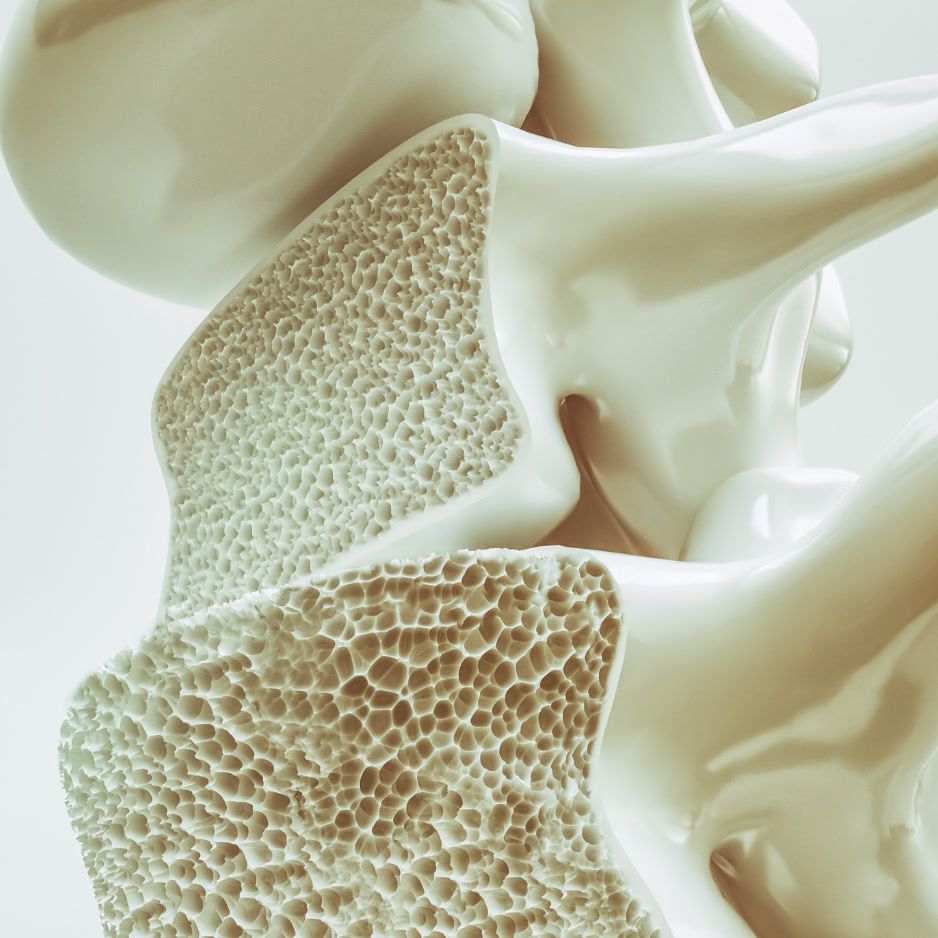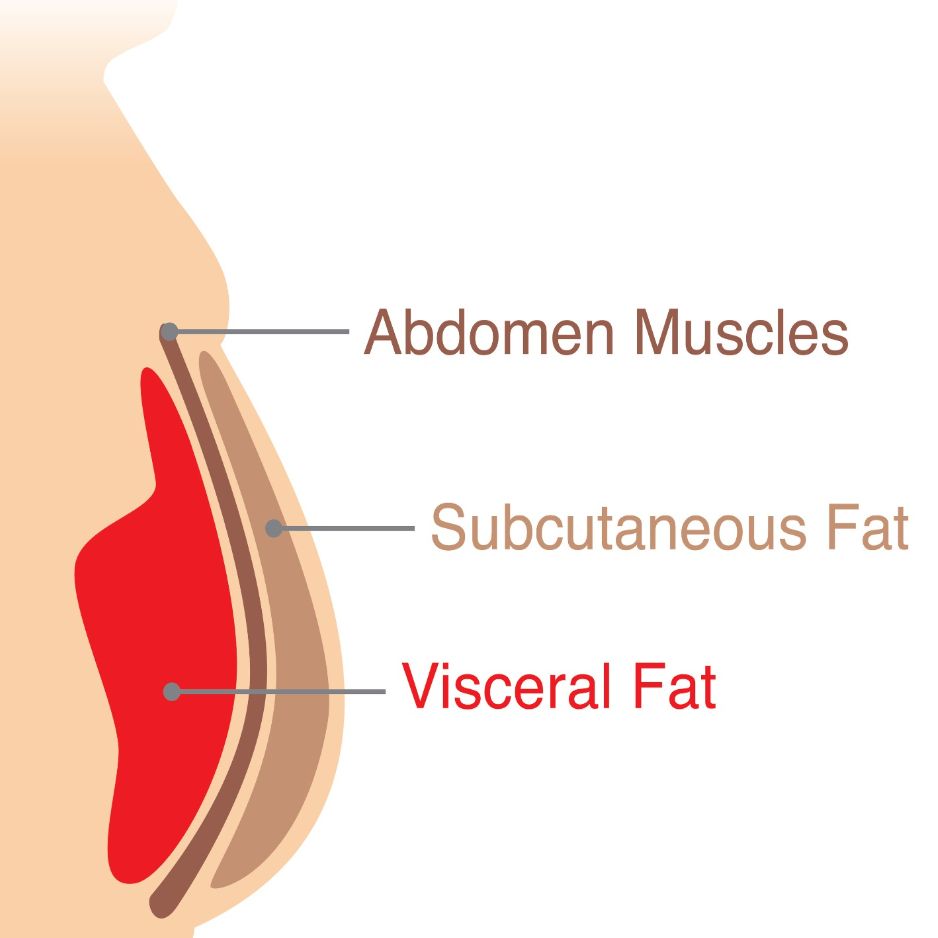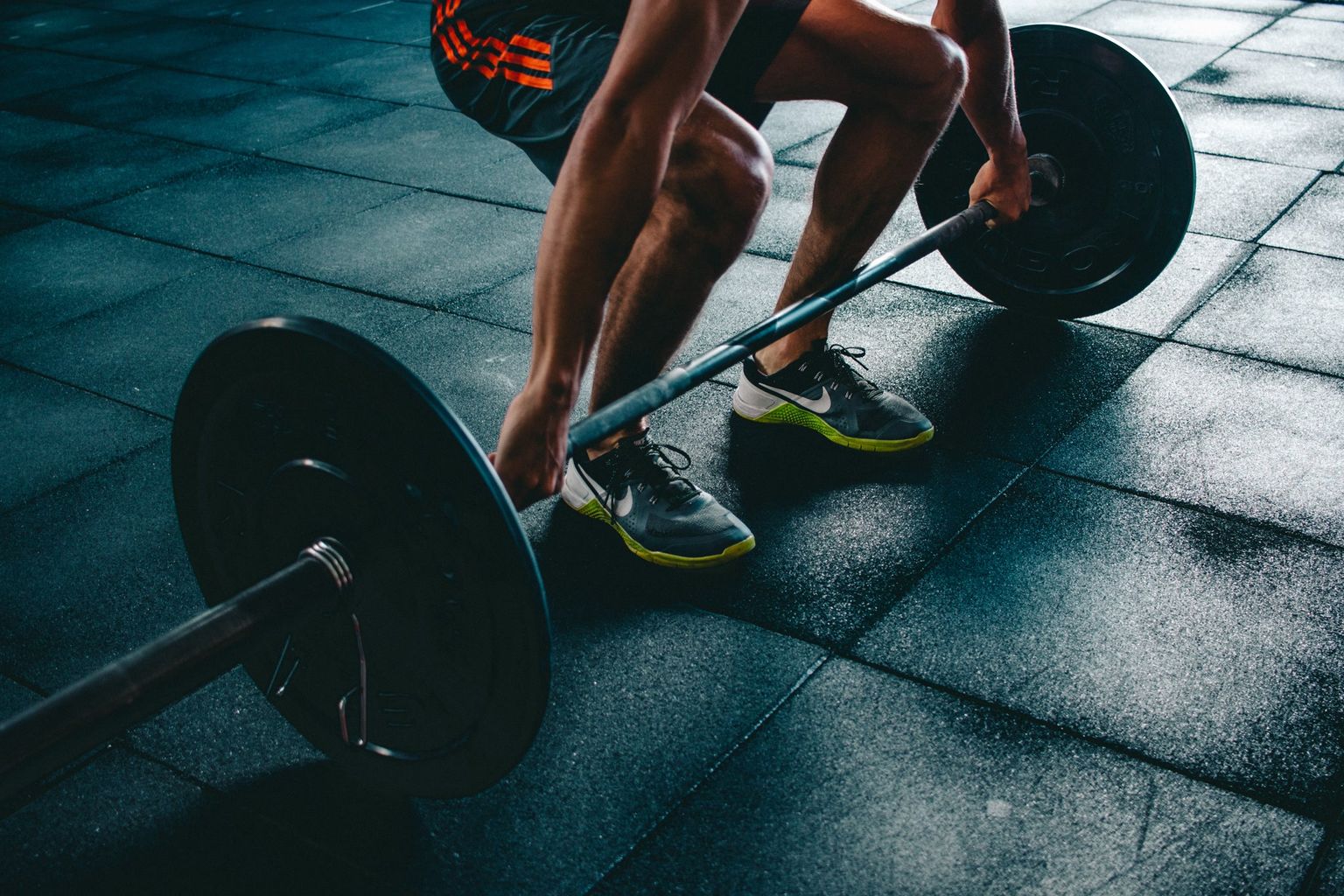Weight Cutting: A Safe Guide for Combat Athletes

Weight Cutting: A Safe Guide for Combat Athletes
Weight cutting—the rapid loss of pounds in the days before a weigh-in—can make or break your performance on fight night. Here’s how to do it safely—and why tracking your body composition is your secret weapon.
What Is Weight Cutting?
Weight cutting is the deliberate reduction of body mass during the final days before an official weigh-in. Most of the last-minute pounds come from manipulating water, glycogen, and gut content rather than true fat loss (Science for Sport).
This practice is common because competing one or two weight classes below natural body weight can confer a size, reach, and power advantage—especially in combat sports like MMA, boxing, wrestling, and jiu-jitsu.
Yet aggressive cuts carry real danger. Fatalities in Muay Thai and MMA prompted major promotions such as ONE Championship to ban dehydration-based cutting entirely (MMAFighting). Meanwhile, the California State Athletic Commission cancels bouts if a fighter is more than 15 % above contract weight on fight day—a rule aimed at extreme dehydration practices (ESPN).
Physiology 101: Where Does the Weight Come From?
| Target | Mechanism | Typical Acute Loss | Recovery Time |
|---|---|---|---|
| Glycogen + bound water | Low-carb intake & hard training | 1–2 kg | 12–24 h (high-carb refeed) |
| Gut content | Low-residue, low-fiber diet | 0.5–1 kg | 24 h |
| Extracellular water | Reduced fluids, sweating, sauna, baths | 2–5 kg | 4–24 h with aggressive rehydration |

Cutting more than 5–8 % of body mass in fewer than seven days consistently impairs performance and elevates cardiovascular risk (Science for Sport; PubMed). Female athletes should target an even more conservative ceiling—about ≤ 5 % over the same period—to minimize hormonal disruption and preserve health (Science for Sport).
The Real Risks of Rapid Weight Loss
- Acute dehydration increases the likelihood of heat illness, kidney injury, and electrolyte imbalance (PMC).
- Reduced cerebrospinal fluid may amplify brain-injury risk during head impacts (Human Brain Mapping).
- Severe glycogen depletion can blunt striking power and repeated high-intensity efforts (Frontiers in Nutrition).
- Chronic yo-yo cutting correlates with disordered eating and hormonal disruption.
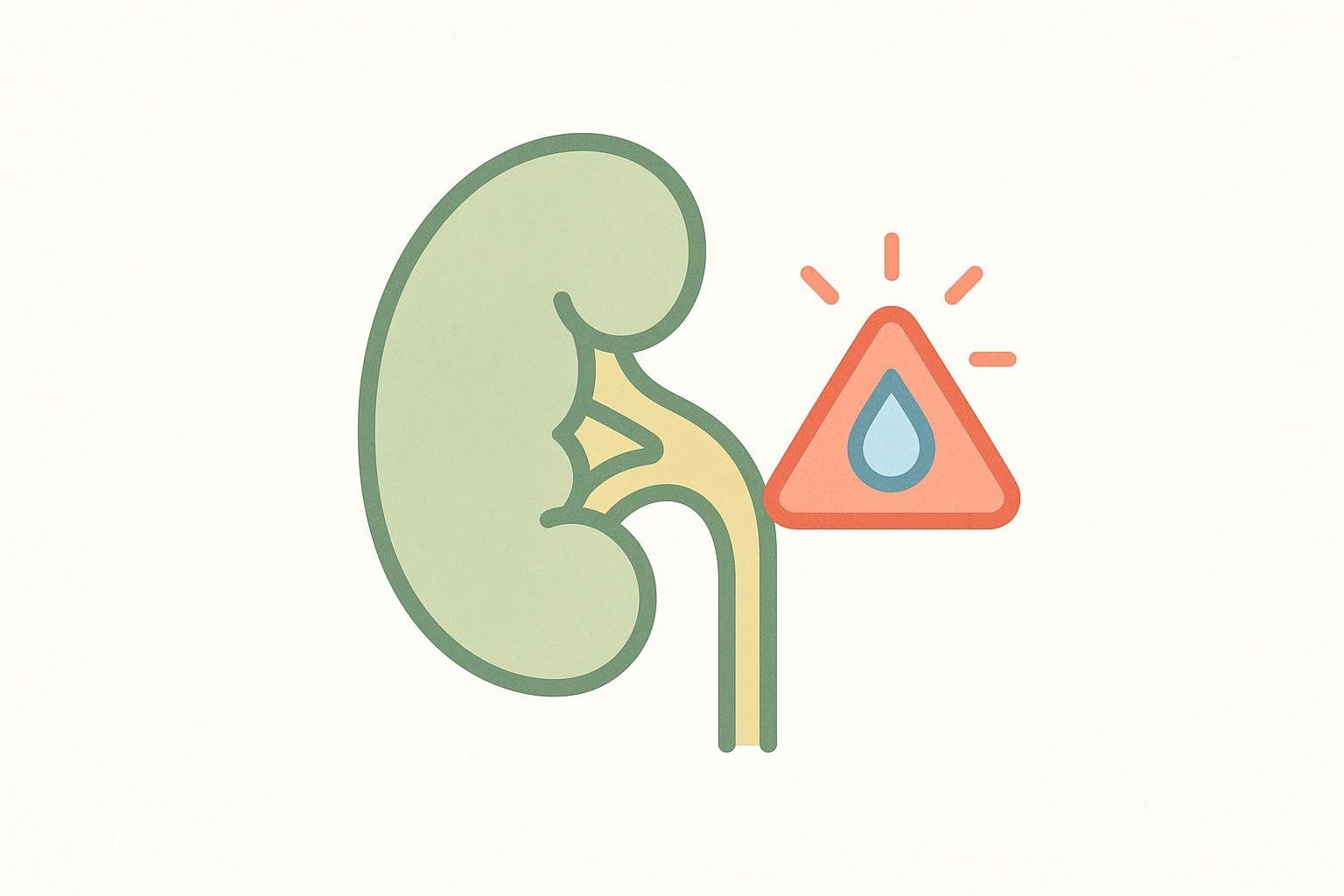
Bottom line: The potential for long-term health consequences—such as kidney damage—far outweighs any short-term competitive advantage.
Targeting a 1 % Daily Loss: A Safe Guideline
Sports-nutrition authorities advise keeping acute losses to ≤ 1 % of body mass per 24 h to preserve performance and reduce medical risk (Gatorade SSE; ISSN). For a 170-lb (77 kg) fighter, that’s about 1.7 lb (0.8 kg) per day during fight week. Larger or faster cuts carry exponentially higher risk.
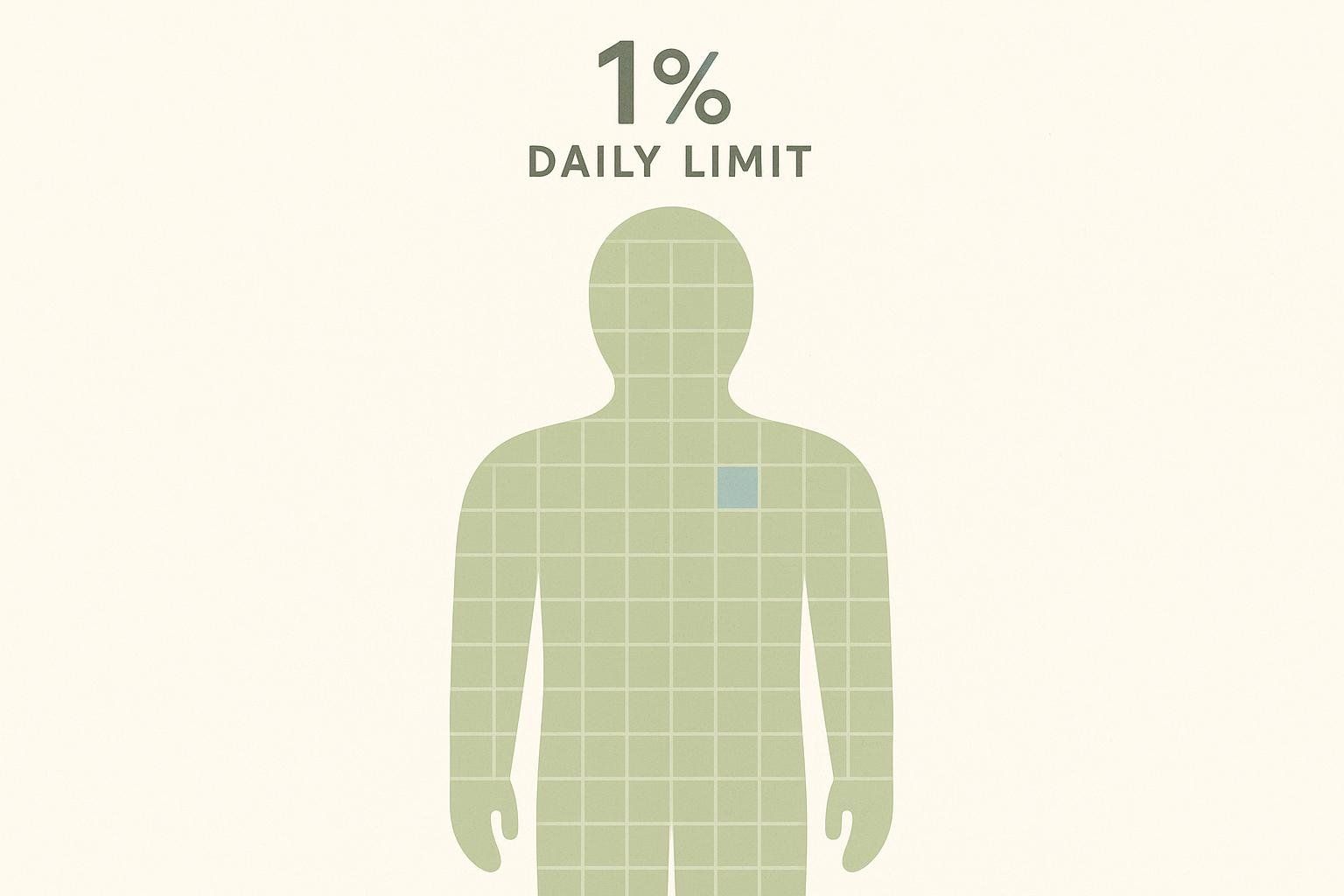
A Three-Phase Protocol for Safer Cutting
1. Foundation Phase (6–8 Weeks Out)
- Body-fat trim – Maintain a 300–500 kcal daily deficit.
- Strength & conditioning – Preserve lean mass with a focus on body recomposition to prevent muscle loss.
- Track composition – Monthly DEXA scans quantify fat versus muscle so you don’t slash the latter.

2. Fight-Week Blueprint (7–10 Days)
| Days Before Weigh-In | Carb (g/kg) | Sodium | Fiber | Fluids | Training |
|---|---|---|---|---|---|
| 10 to 7 | 4–5 | Normal | Normal | 35 mL/kg | Normal volume |
| 6 to 4 | 3 | ↓≈30 % | ↓≈30 % | 30 mL/kg | Technique / taper |
| 3 | 2 | ↓≈50 % | ↓≈50 % | 25 mL/kg | Light sweat |
| 2 | 1 | ↓≈70 % | ↓≈70 % | 20 mL/kg | Rest or very light activity |
Numbers are general targets—refine with a qualified professional.
3. Last-24-Hour Cut

- Hot-bath cycles (10 min in / 10 min out) can accelerate water loss but carry high risks of overheating, fainting, and electrolyte collapse—always perform under qualified supervision.
- Sweat suits require extreme caution; many experts—including the American College of Sports Medicine—discourage unsupervised use (ACSM).
- No laxatives or prescription diuretics unless medically supervised.
Safety Note: Stop cutting and seek medical attention if you experience dizziness, cramping, confusion, or other concerning symptoms.
Rehydration & Refeed: The 4 R’s
- Replace Fluids – Drink 150 % of weight lost within six hours (lose 2 kg? Drink 3 L).
- Restore Electrolytes – Aim for 1,500–2,000 mg sodium plus potassium, calcium, and magnesium (GSSI).
- Refill Glycogen – Consume 8–10 g carbohydrate/kg over 24 h (ISSN).
- Repair Muscles – Target ≈0.4 g protein/kg every 3–4 h (ISSN).
Check out our full guide on reducing water weight safely for an expanded playbook.
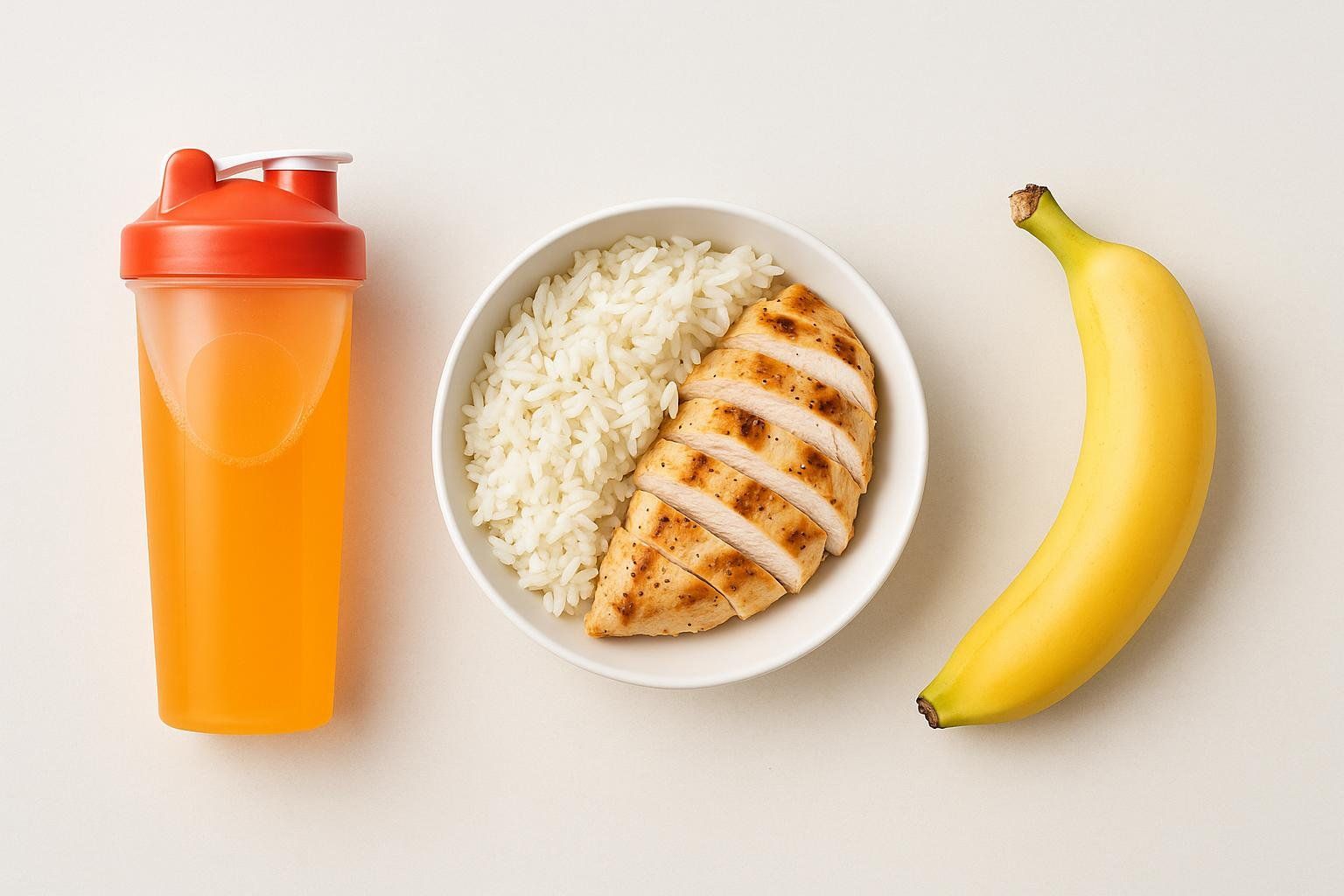
Monitoring Progress: Why a DEXA Scan Beats the Bathroom Scale
A BodySpec DEXA scan measures fat mass, lean mass, bone density, and even visceral fat—metrics a regular scale can’t touch. Scan 6–8 weeks out to set realistic targets, then scan again post-cut to confirm you preserved muscle and maintained bone health.
Curious what a scan looks like? Explore our detailed DEXA scan explainer.
Compliance & Safety Checklist
✅ Doctor clearance and baseline bloodwork (8 weeks out)
✅ Written plan reviewed by a credentialed sports nutritionist
✅ Minimum 6 hours sleep nightly during cut
✅ Urine color: aim for pale straw except final 12 h
✅ No solo sauna sessions—bring a teammate
✅ Emergency contacts and oral rehydration solution on site
FAQs
How long does it take to cut 5 pounds?
With controlled water manipulation, most athletes can shed 5 lb (2.3 kg) in 24–48 h. Faster efforts spike dehydration risk.
What’s the safest way to drop water weight fast?
Combine low-sodium meals, proven methods for dropping water weight, and controlled fluid restriction under professional supervision.
Can women follow the same protocols?
Yes—but with key considerations. Female athletes are generally advised to be more conservative, targeting a 5 percent body-mass cut or less and accounting for menstrual-cycle water shifts.

Do I need supplements?
Key components for rehydration include an electrolyte mix and easily absorbed carbs (e.g., maltodextrin). Optional extras like creatine may help replenish intracellular water post-weigh-in.
Key Takeaways
- Limit acute loss to ≤ 1 % body mass per day.
- Prioritize fat loss weeks before fight week—don’t rely on last-minute dehydration.
- Rehydrate with 150 % fluid plus electrolytes as soon as you step off the scale.
- Use DEXA scans to verify the weight you drop isn’t precious muscle.
Ready to cut smart—not reckless? Book your pre-camp DEXA scan today and build a data-driven plan that keeps you powerful on fight night.
